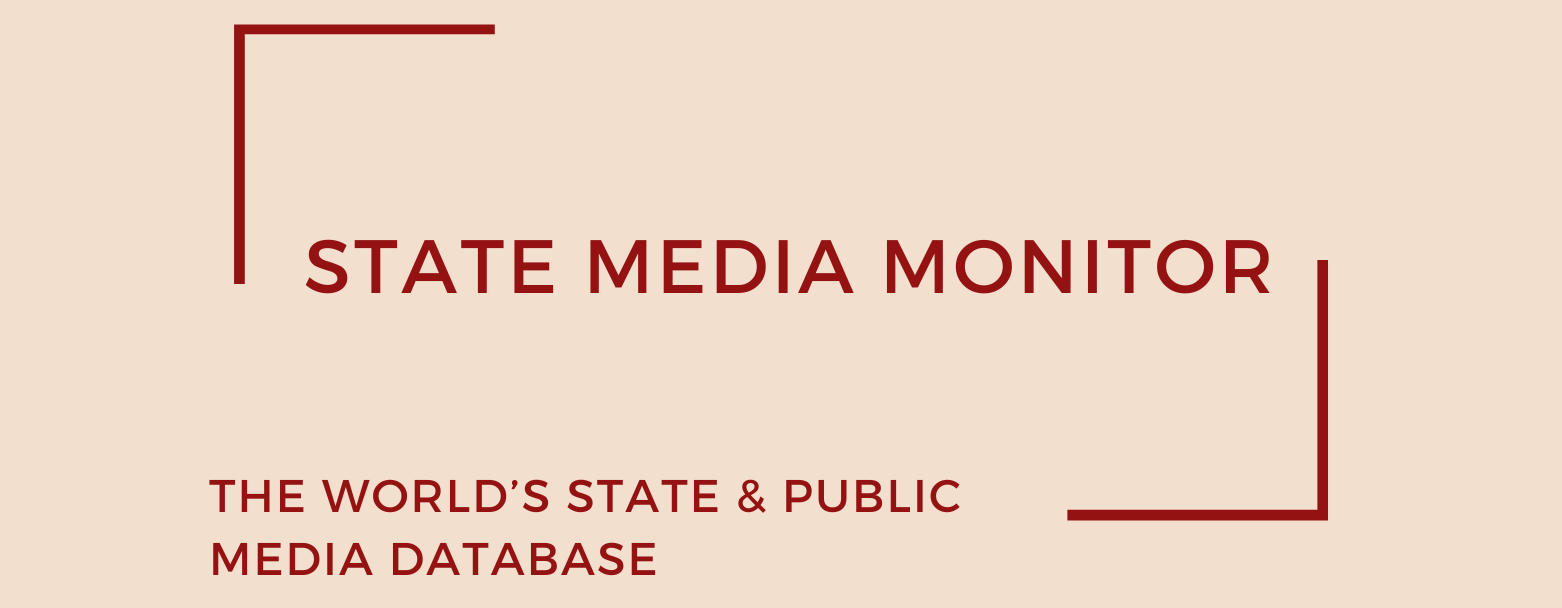Croatian Radio Television (HRT)
Croatian Radio Television (Hrvatska radiotelevizija, HRT) is the public television service in Croatia. It operates four nationwide television channels and five regional ones. The radio service includes three nationwide channels and eight regional ones. Additionally, HRT provides television and radio programs for international audiences. HRT also has its own Symphony, Jazz, and Tamburitza Orchestras.
Media assets
Television: National- HRT 1, HRT 2, HRT 3, HRT 4; International- HRT International; Regional TV-HRT Čakovec-Varaždin, HRT Osijek, HRT Rijeka-Pula, HRT Split-Dubrovnik, HRT Zadar-Šibenik
Radio: National- HR 1, HR 2, HR 3; Regional- HR Dubrovnik, HR Knin, HR Osijek, HR Pula, HR Rijeka, HR Sljeme, HR Split, HR Zadar; International- Voice of Croatia (Glas Hrvatske)
State Media Matrix Typology
Captured Public/State-Managed (CaPu)
Ownership and governance
HRT’s operations are regulated by the Croatian Radio Television (HRT) Law of 2010, amended several times since. HRT is a legal entity with the status of a public institution established by the Government of the Republic of Croatia. As the main recipient of the revenues collected through the license fee, HRT is required to adhere to specific regulations and submit financial reports to parliament.
The main governing bodies of HRT are the Director General, the Management of HRT, the Supervisory Board, and the Program Council. The Director General is appointed by parliament for a five-year term. The Director General is Robert Šveb, appointed in October 2021, after parliament dismissed his predecessor Kazimir Bačić earlier that year on corruption charges. Šveb’s appointment was controversial: opposition parties and journalist associations claimed he had business links with private production companies that raised conflicts of interest.
The Management of HRT comprises the Director General and the heads of the Program, Production, Technology, and Business departments. The Supervisory Board consists of five members (four appointed by parliament, one elected by HRT’s employees), all serving four-year terms. The Program Council has eleven members, nine of whom are appointed by parliament’s Committee on Information, Computerization, and the Media.
Source of funding and budget
HRT is funded through a combination of license fees paid by all households in Croatia that own a device capable of playing audiovisual programs and revenues from advertising sales. Most of the funding collected from the fee goes to HRT, with a small portion used to finance other electronic media.
In 2021, HRT operated with a budget of HRK 1.33 billion (US$189m), of which nearly 90% came from license fees. Advertising sales accounted for around 6% of revenues. In 2022, the total budget was HRK 1.34 billion (US$176m), with HRK 1.13 billion generated from the fee.
To prevent direct political manipulation, the fee level was pegged to 1.5% of the average monthly salary in Croatia. In 2023, the monthly fee stood at €10.62. That year, HRT reported total revenues of €178.6m, including €156.1m from license fees, €10.1m from advertising, and €4.5m from other commercial income, according to HRT Annual Report 2023.
In 2024, HRT planned revenues of about €203 million, of which €159 million came from the license fee and nearly €20 million from government grants. For 2025, revenues were projected to rise sharply to €235.6 million, mainly due to a tripling of state subsidies to €51.4 million, while the license fee remained flat at €159.8 million. Advertising income was expected at €13.9 million in 2025, slightly down on 2024’s realized level. Expenditures also climbed to €235.6 million in 2025, driven by higher wage costs and a €28 million consolidation programme, leaving only a marginal surplus.
Editorial independence
Since the 2016 election victory of the right-wing Croatian Democratic Union (HDZ), editorial independence has been heavily undermined. Analysts note a clear pro-government bias in HTV programming compared to the more pluralistic period between 2010 and 2016.
HRT gained notoriety for suing its own journalists who criticized editorial bias, with dismissals of editors and reporters becoming frequent. After HDZ’s 2020 victory, political control persisted.
Accusations of censorship escalated again in 2023. Hrvoje Zovko, president of the Croatian Journalists’ Association (HND), dismissed Director General Robert Šveb’s claims that no censorship exists at HRT. Zovko pointed to Croatian court rulings confirming censorship. In February 2022, HRT lost a defamation case it had filed against Zovko after he spoke publicly about censorship. However, in May 2024, the Supreme Court upheld HRT’s 2018 dismissal of Zovko as lawful, a decision denounced by international media freedom watchdogs such as the European Federation of Journalists.
Other controversies include the removal of a film from HRT’s schedule under pressure from right-wing associations, further underlining editorial capture.
A Media Freedom Rapid Response (MFRR) report from early 2025 criticized HRT for exhibiting favoritism toward the ruling party (HDZ), stifling investigative journalism, and curbing editorial independence through politically appointed leadership. The study highlighted that many investigative programs were sidelined, and HRT’s diminishing role as a platform for public discourse was driving audiences toward private outlets like N1 and RTL.
The HRT Law requires independence from political and commercial influence, and HRT’s internal statute reinforces this principle. In practice, however, since 2016 these rules have been ignored, and government interference has become structural. HRT has a Commissioner for Public Complaints, appointed by the HRT Council, though this mechanism has not significantly improved editorial accountability.
September 2025
Citation (cite the article/profile as part of):
Dragomir, M. (2025). State Media Monitor Global Dataset 2025.
Media and Journalism Research Center (MJRC).
Zenodo.
https://doi.org/10.5281/zenodo.17219015
This article/profile is part of the State Media Monitor Global Dataset 2025, a continuously updated dataset published by the Media and Journalism Research Center (MJRC).
